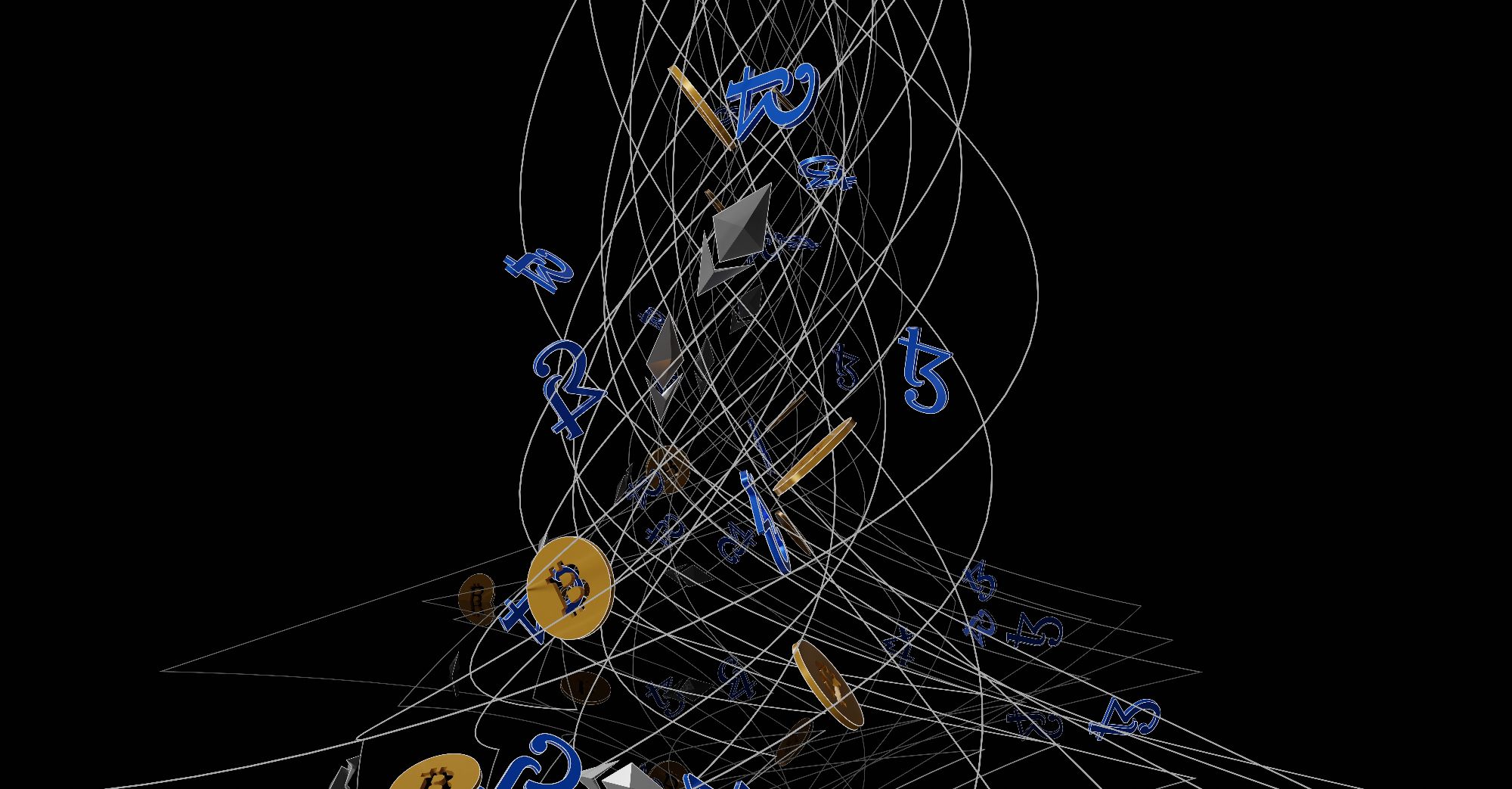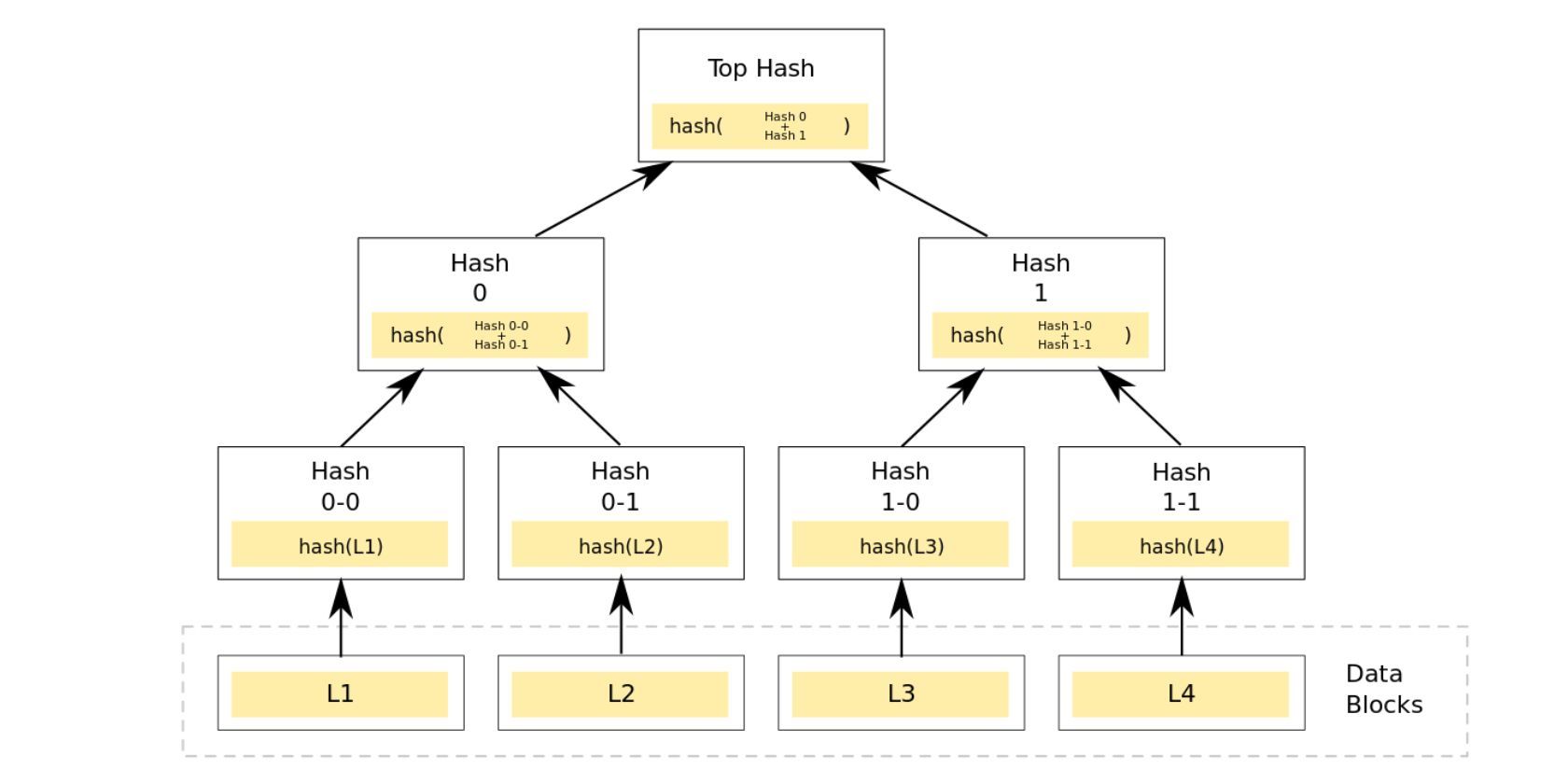What is a Merkle tree in Crypto and how does it work?

Blockchain and cryptocurrencies are a vast and complex landscape. Many gears go into this machine, including something known as a Merkle tree. Merkle trees play a key role in blockchain functionality, but what exactly does it do? How does a Merkle tree work and why is it so important in blockchain technology?
How does a blockchain work?
Before getting into the dynamics of the Merkle tree, it is important to understand how blockchains work.
In the simplest terms, a blockchain is a virtual chain of blocks, each containing its own set of data. Each block uses cryptography, specifically hashing, to secure data and keep it out of the hands of malicious actors.
Blockchains are most widely used in the cryptocurrency industry, where every single transaction made with a given asset is recorded on its original blockchain. Furthermore, each transaction is recorded chronologically and is visible to the entire blockchain (can be viewed using tools such as a blockchain explorer).
Transactions on a blockchain cannot be changed or deleted. Instead, using a process called hashing, data is encoded through mathematical algorithms. These algorithms can convert any length of characters into a fixed, encoded length.
When recording transactions on a blockchain, Merkle trees play a crucial role. But how does a Merkle tree work?
What is a Merkle tree?
The name “Merkle tree” has two origins. “Merkle” refers to Ralph Merkle, an American computer scientist and mathematician who contributed massively to public key cryptography. Merkle originally proposed binary hash trees in 1987 in a paper titled “A digital signature based on a conventional encryption function.” Merkle also invented cryptographic hashing, which is used in the Merkle tree.
The second part of the “Merkle tree” originates from the structure. A Merkle tree (or binary hash tree) is a data structure that looks a bit like a tree. Merkle trees contain “branches” and “leaves”, with each “leaf” or “branch” containing the hash of a block of data.
In short, a Merkle tree streamlines the process of storing transaction hashes on a blockchain. It groups all the transactions into a single block and effectively encodes them for safer and faster storage in the form of a single hash. By using a Merkle tree, the validity of the data can be quickly assessed through a final hash. This simplifies the data storage process, but also maintains security integrity.
Merkle trees also do not require many computational resources. In fact, they cut down the storage space required for data by compiling multiple transaction hashes into just one. Resource usage has long been a point of contention in the crypto industry, as blockchain networks can be a huge drain on storage space and power. So using Merkle trees helps alleviate this problem. On-chain data storage can also be expensive, so using Merkle trees to cut down on the amount of data can help blockchain platforms save money.
Also, the Merkle wood process doesn’t take very long, which is good news in terms of efficiency. After all, many blockchains have been slated for their long transaction times (including Bitcoin), so any process that can help with this problem is a plus.
Merkle trees are used in many areas of computing (especially cryptography and encryption), but are often known for their presence in cryptocurrency blockchains. Bitcoin, Ethereum, Dogecoin and all other cryptocurrencies use the Merkle tree, so it is undoubtedly an important element.
So how does it work?
How does a Merkle tree work?
Below is a diagram of how a Merkle tree works. Note that in reality there would be many more transactions and hashes per tree, but this image simplifies the process so you can get an idea of the steps involved.
Looking at this Merkle tree diagram, things look a little complex. But the process of Merkle tree hashing is quite simple when broken down.
There are a couple of steps that go into the Merkle tree process. The hashes at the bottom of the Merkle tree are known as leaves, while the hashes in the middle of the tree are known as branches. The branches are also sometimes referred to as non-leaf nodes. At the very bottom of the diagram you have the blocks of data (or transactions) from which the hash will emerge.
The first transactions from each node are hashed in pairs, with one hash remaining as the outcome. Then pairs are hashed repeatedly until a single hash appears, at which point the process ends. If there happens to be an odd number of transactions within a block, a transaction will be duplicated so that it can be matched with the original for hashing.
Although the final hash appears at the top of the diagram above, it is known as the “root” of the tree (the roothash). The root is essentially the culmination hash of all the individual hashes of transactions stored in the block. One Merkle tree is required per block, meaning each block has one Merkle Root data field.
If you’ve ever looked into blockchains in depth, you may have heard of Merkle Root or Merkle Hash. Within a block exists something known as a hashMerkleRoot. This data (the last hash at the end of the tree) is held in the block header of a given block. A blockchain block also contains other data, such as a timestamp, asset version number, and “nonce” (the number is used only once).
Can Blockchains Work Without Merkle Trees?
While Merkle trees are not absolutely necessary for a blockchain to exist, they play an incredibly important role in securing data.
Without Merkle trees, cryptocurrency blockchains require more resources and time to perform key processes. First, each node in the network must keep its own copy of every transaction performed on the blockchain. On larger blockchains, hundreds of thousands of transactions can take place in just one day, so adding such a volume of data to each node’s copy will undoubtedly consume a lot of resources.
Also, Merkle trees play a major role in data verification. Via the single root hash at the end of the tree, validators and miners can verify whether the block as a whole is valid to be added to the blockchain. Being able to authenticate data without going through each individual transaction is a plus, saving time and storage space.
Merkle trees are key in Blockchain functionality
There is no doubt that Merkle trees offer blockchain security and efficiency without taking up much space. This smart cryptographic process allows blockchains to work seamlessly without the need for excessive use of resources. Merkle trees are non-deterministic, but hugely beneficial in terms of time, storage space, and data authentication.



























